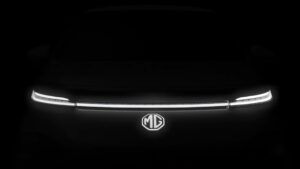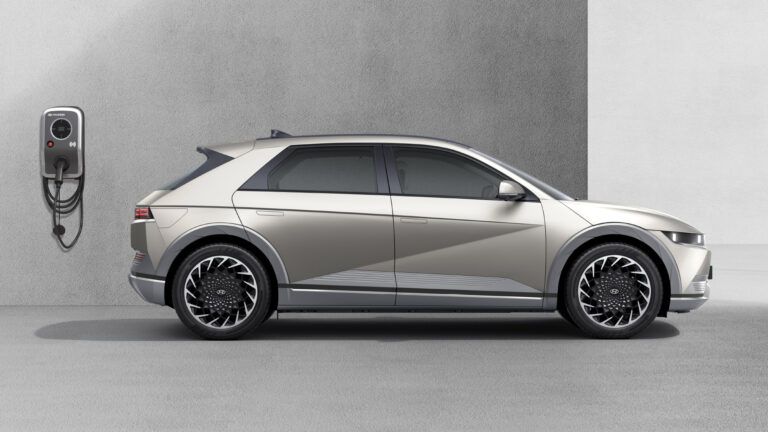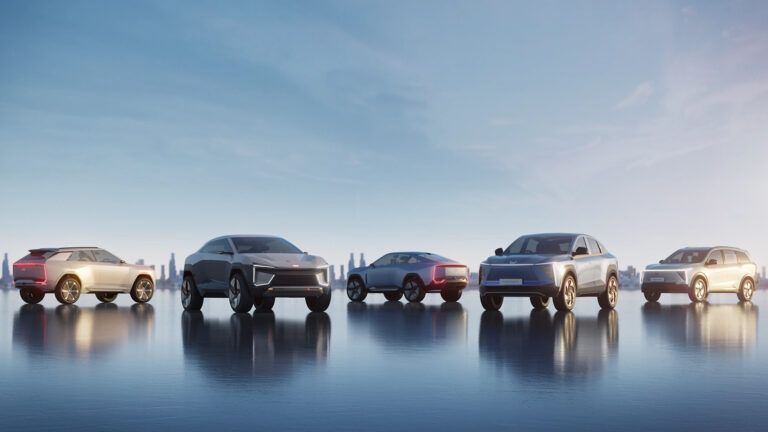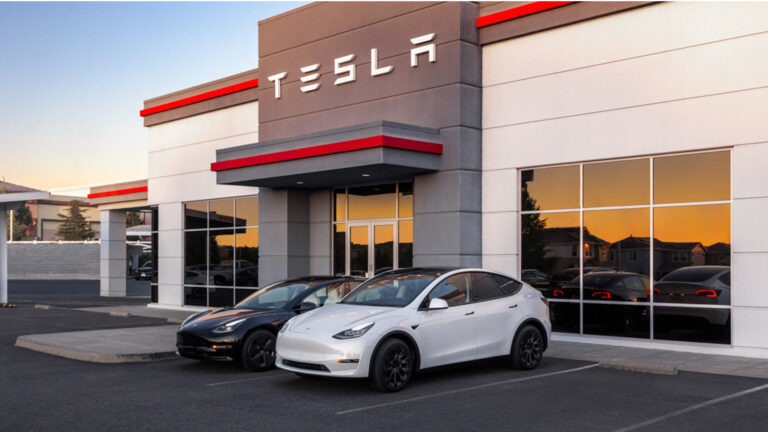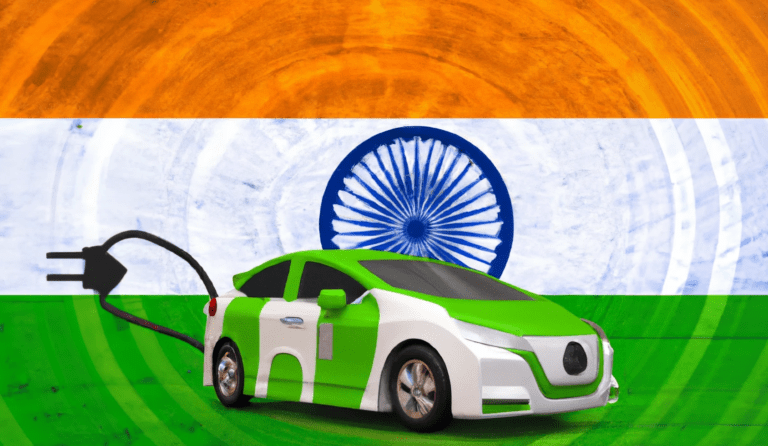Kawasaki introduced its electric Ninja e-1 and Z e-1 bikes at EICMA 2022, originally keeping their details under wraps. The company has now revealed key data regarding these entry-level e-bikes, which may compete with certain sporty e-scooters in India. So without any further ado, here is a deeper look at what is on offer with the Kawasaki Ninja e-1 and Ninja Z e-1.
Two replaceable lithium-ion battery packs with 1.5kWh capacities power these motorcycles. Each pack requires 3.7 hours to charge, for a total of 7.4 hours. They have a stated range of 72 km in Eco mode and peak speeds of 84 kmph. Both variants share a tubular steel frame that may accommodate a 5-litre storage cubby in place of a gasoline tank.
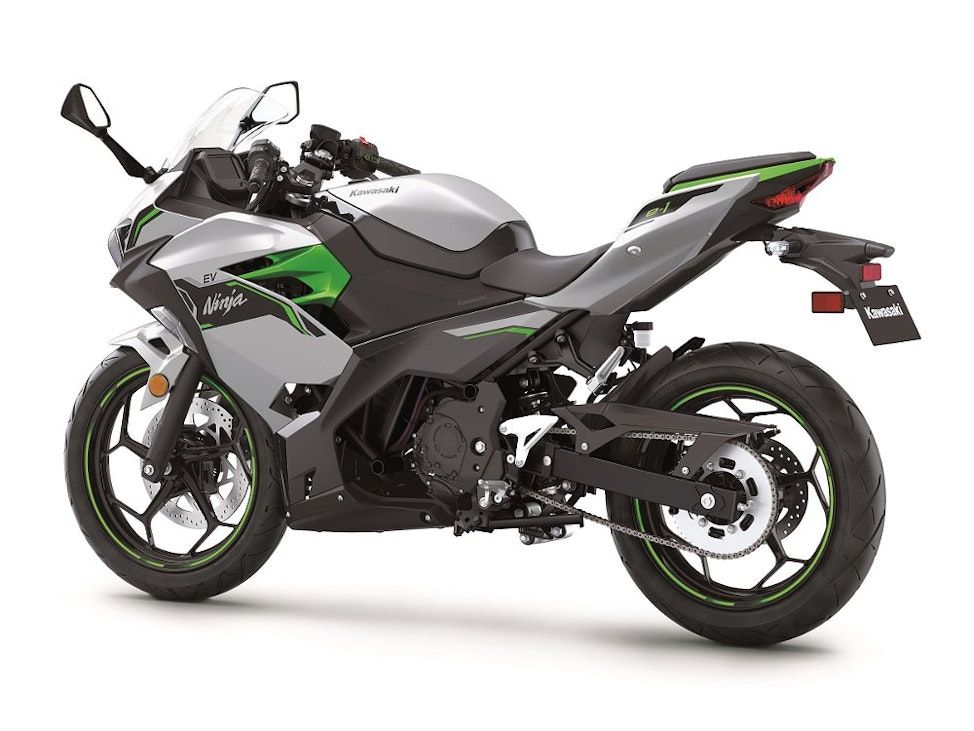
The Kawasaki Ninja e-1 and Z e-1 share a base with the ICE Ninja 400 and Z400 but have different body designs. Their main features are a 9kW peak power motor and a 5kW continuous power motor. The Ninja e-1 reaches roughly 84 kmph in Road mode, while the Z e-1 reaches around 79 kmph. In Eco mode, their peak speeds are reduced to around 60 kmph and 56 kmph, respectively. Both versions include an e-boost function that momentarily increases speeds for overtaking, with the bikes hitting 105 kmph.
The motorcycles also come with standard dual-channel ABS and suspension with a 41mm telescopic fork and a mono-shock. A 290mm front disc and a 220mm rear disc handle braking responsibilities. They have 790mm seat height and 17-inch tires. The Ninja e-1 weighs 140kg when completely faired, whereas the bare Z e-1 weighs 135kg. The motorcycles include a colour TFT dash with Bluetooth connectivity for navigation and alerts. They also include a Walk mode, which allows for 3 kmph movement, similar to e-scooters. The typical petrol tank is replaced by a unique 5-litre storage box.
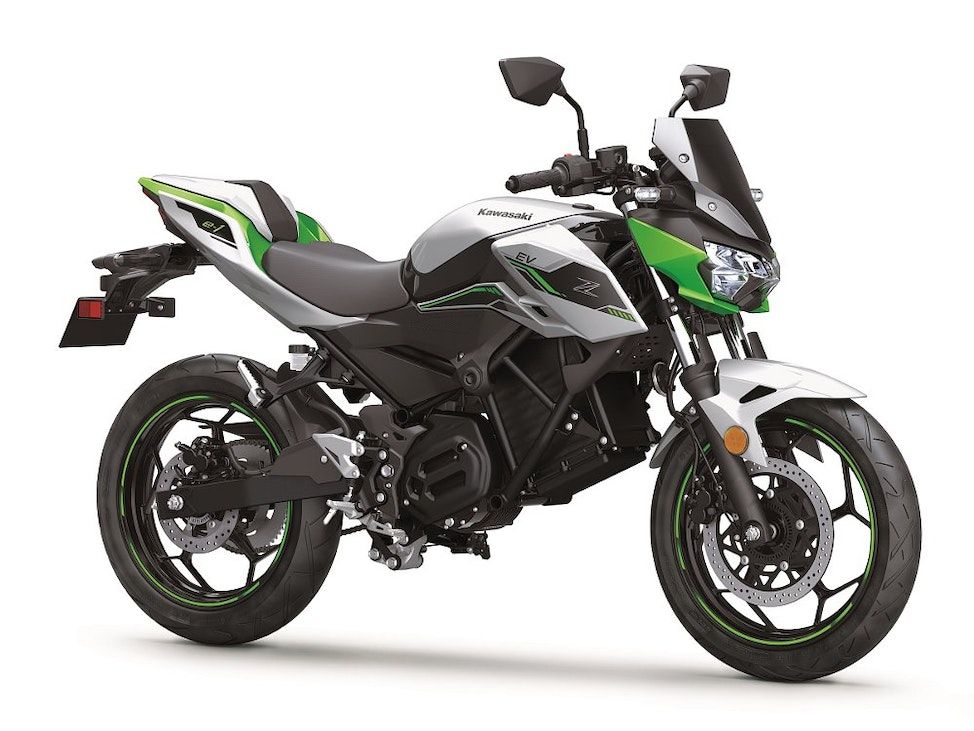
With their competitive specs, Kawasaki’s announcement of the Ninja e-1 and Z e-1 electric bikes hints at a prospective foray into the Indian market. They have competitive specs, a strong frame, reliable brakes, and amenities such as a Bluetooth-enabled colour TFT display and a one-of-a-kind 5-litre storage box. While there has been no official confirmation of an India launch, Kawasaki has a history of presenting large motorcycles in the nation. The crucial issue in determining whether these electric vehicles find a home in India’s developing two-wheeler market will be their introductory cost.


